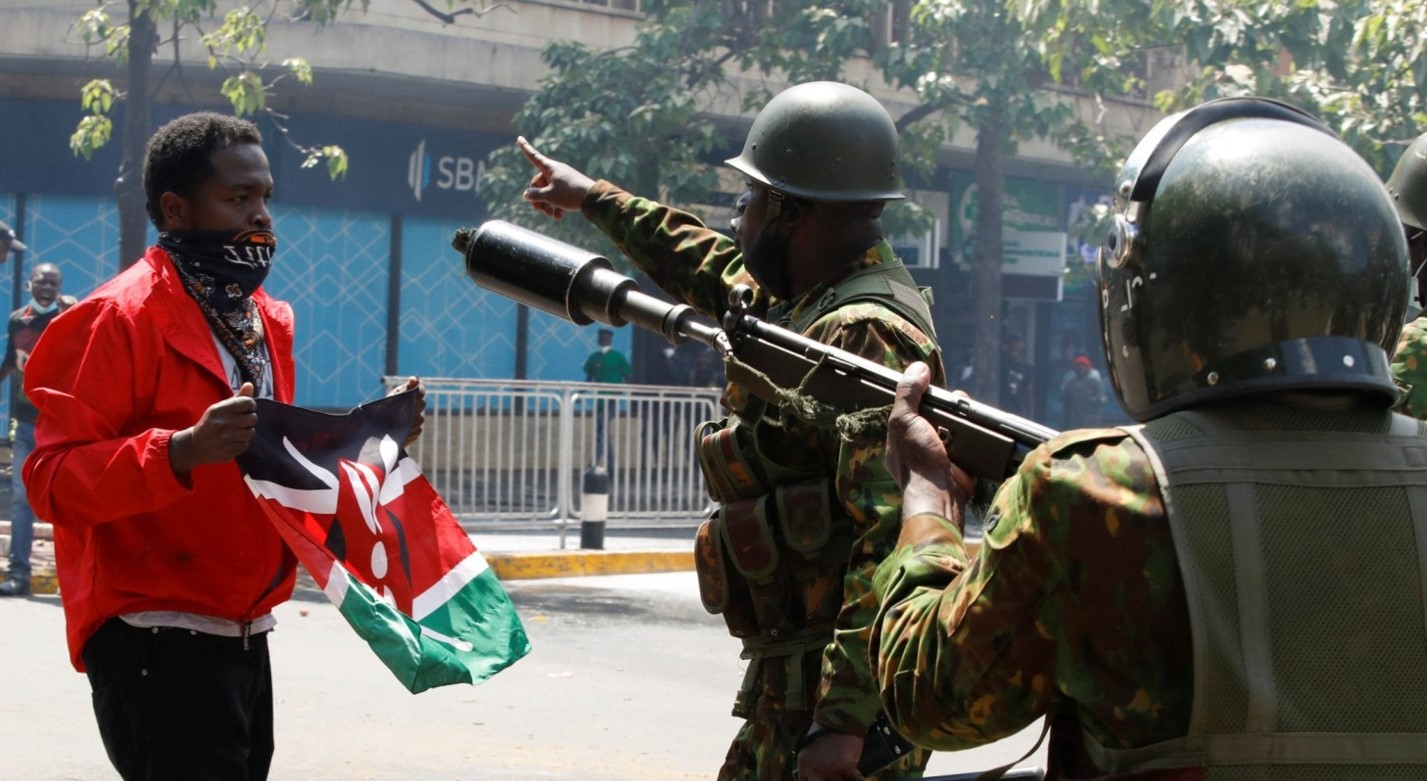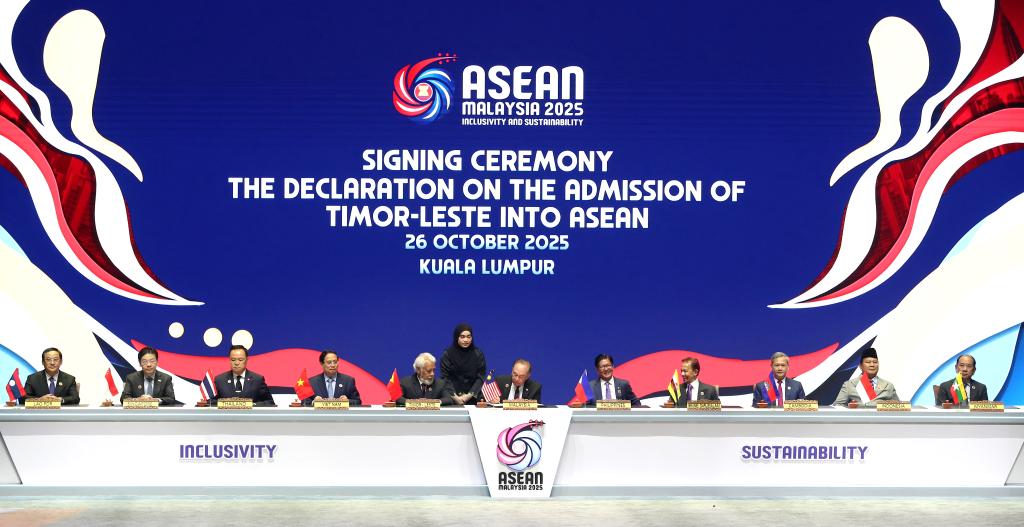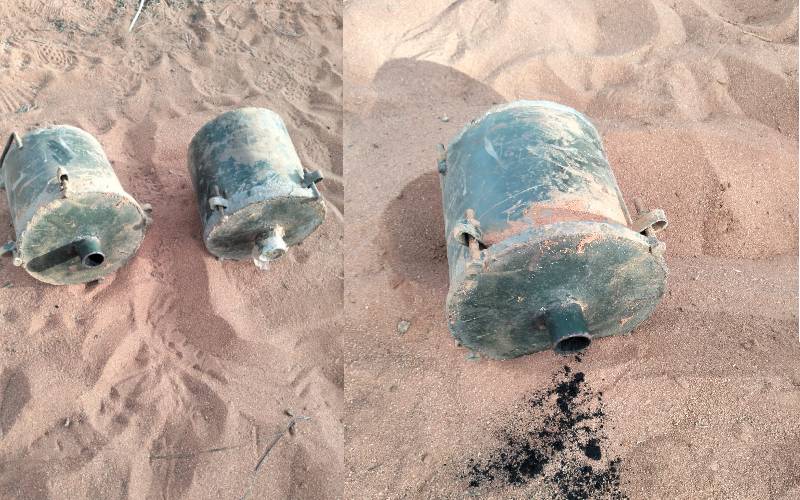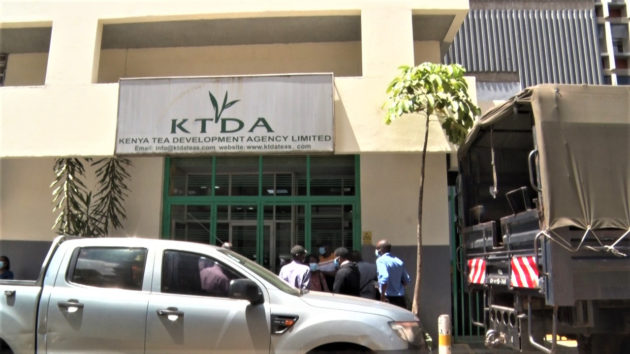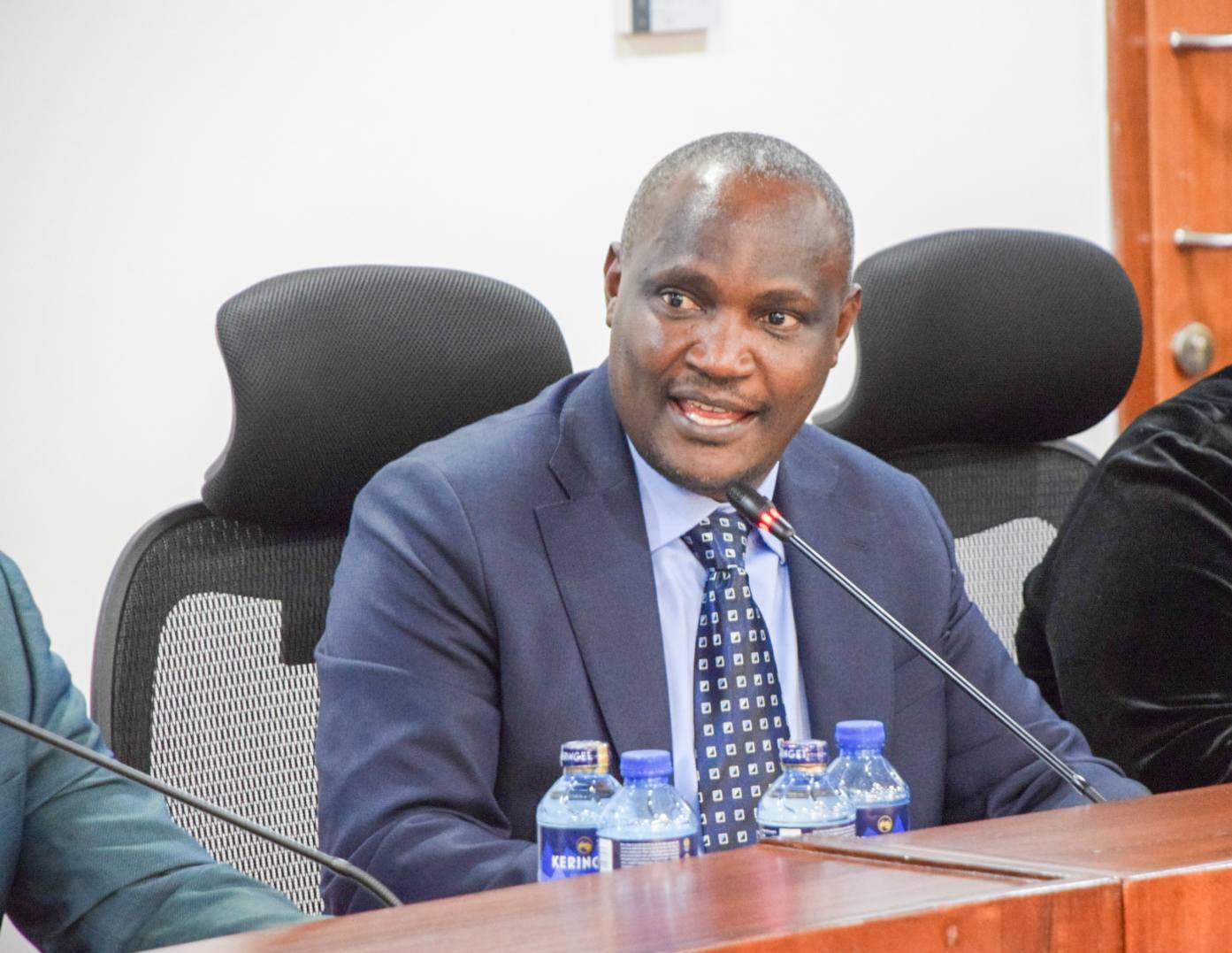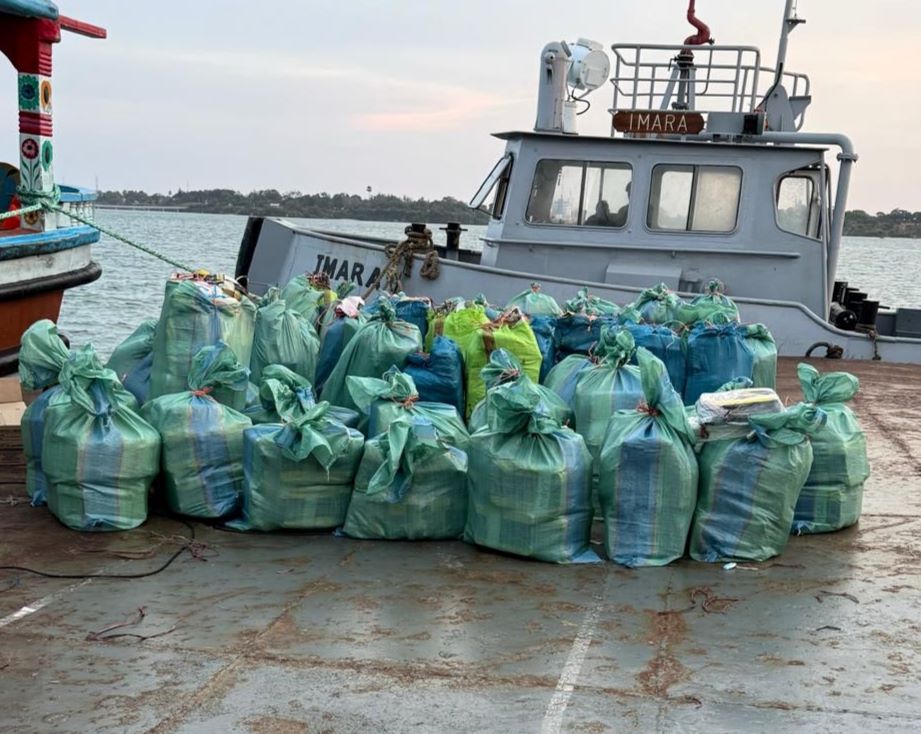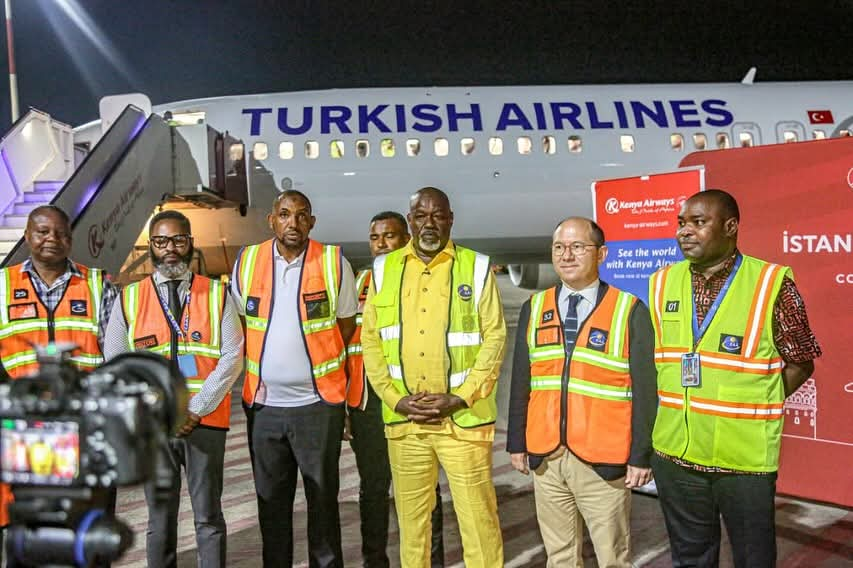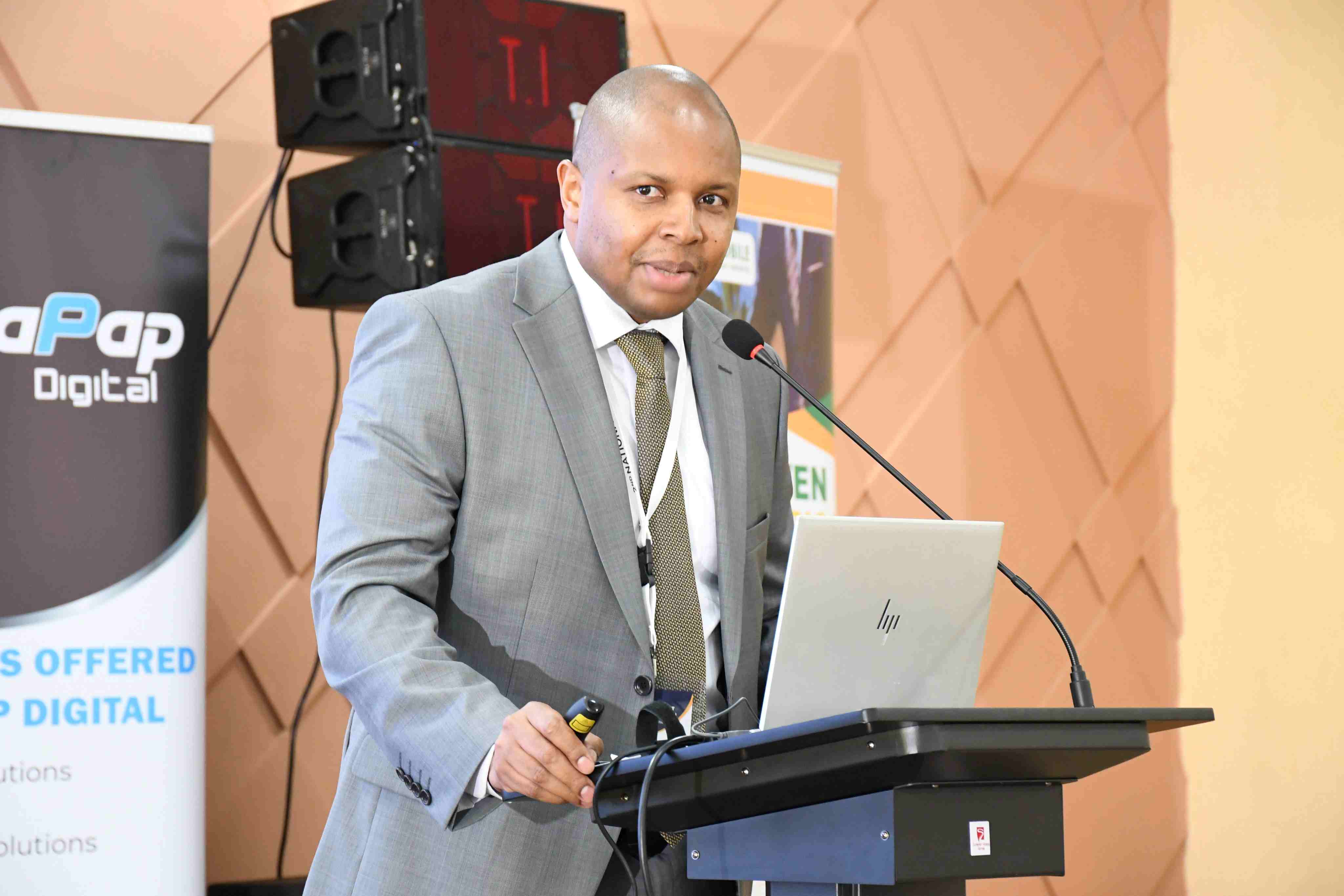Nairobi's firefighting capacity in crisis as 26 fire engines remain grounded due to delays in spare arts
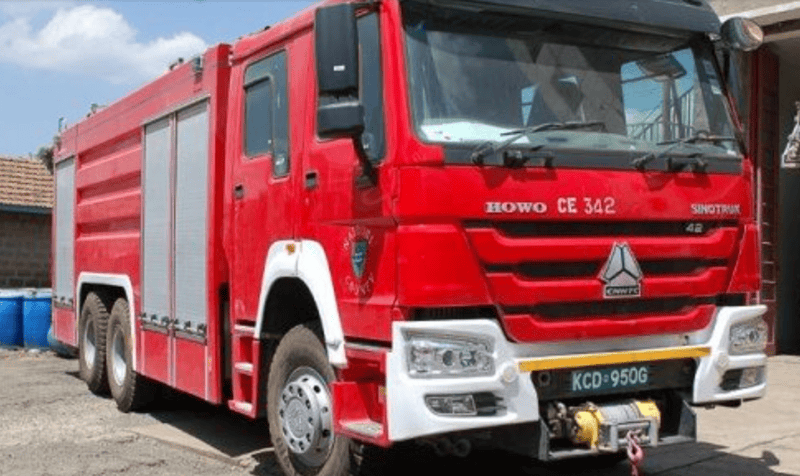
The high-profile meeting will also seek to establish and strengthen a pan-African platform of young African leaders and practitioners, encouraging collaboration, innovation, and collective action towards climate resilience.
Nairobi, with a population exceeding 4.3 million, faces a worrying and dire situation as its firefighting capacity has been drastically reduced.
Out of 31 fire engines and water tankers, 26 have been grounded due to delays in procuring spare parts, leaving the city with just five operational vehicles to respond to emergencies across all 17 sub-counties.
More To Read
- City Hall to launch crackdown on unauthorised buildings after regularisation deadline, Sakaja says
- City Hall to register roadside vendors in drive to widen tax base
- Githurai MCA asks EACC to probe Sh17 Million roadworks irregularities
- Nairobi residents express fury over unending drainage woes
- Nairobi hospitals fully absorb funds, boosting services in new health reforms
- Community devastated after fire claims child’s life, destroys homes in Kamukunji’s Kinyago Kanuku
Appearing before the County Assembly's Culture and Community Services Committee on Wednesday, County Chief Officer for Disaster Management, Bramwell Simiyu, revealed that over 20 fire engines and tankers are currently grounded at the county's central garage, awaiting repairs.
"We have 26 vehicles grounded for issues as simple as tyres and brake parts. We've discussed this matter and pushed for action. As we speak, only five operational fire engines are covering the entire city," Simiyu said.
Painting a grimmer picture, Simiyu disclosed that of the five vehicles in operation, only two are fully functioning fire engines, while the other three are water tankers.
This shortage has come at a time when the city has seen increased fire incidents, particularly in informal settlements.
Governor Johnson Sakaja's administration is now grappling with the challenge of safeguarding the city's residents, especially in vulnerable areas like Kibera, Mathare, and Kawangware, where fire incidents have become alarmingly frequent.
A report released on September 30, 2024, revealed that 21 people had lost their lives in 130 fire incidents recorded between August 3 and September 21, 2024.
Furthermore, the Clarence Munga-led committee was informed that five more engines, in good condition but needing minor repairs, remained at the garage despite orders from Governor Sakaja for their release.
"We are working with the mobility sector to address the repair issues so that we can get more than 20 grounded vehicles back in operation," Simiyu stated.
The situation is exacerbated by two fire engines grounded following accidents, which are still held by insurance companies.
Hostile Environment
In addition to equipment challenges, firefighting teams face hostility from residents in some low-income areas, such as Kawangware, Korogocho, and parts of Mathare, where crews are occasionally attacked for arriving late to fire scenes.
"There are some low-income settlements where gangs interfere with our work, especially in Kawangware, Korogocho, and parts of Mathare. Some members of the public seem uninterested in seeing the fires extinguished," Simiyu explained.
Another major obstacle is the city’s fire hydrant system. Although Nairobi has over 4,500 hydrants, only about 50 are operational.
Many hydrants were damaged during the construction of the Thika Superhighway. In 2018, it was reported that only 103 out of 4,044 hydrants were functional.
The working hydrants are located at Globe Roundabout, Runda, Kijabe Street, Safari Park, James Gichuru, and three in the Industrial Area.
The World Bank was reportedly constructing boreholes along Enterprise Road, Kangundo Road, Tom Mboya Street, Waithaka, and Dagoretti to revive the dried-up hydrants.
The Chief Officer explained that the closure of key hydrants, such as the one at Globe Cinema, has severely hindered firefighting efforts.
"Nairobi City Water and Sewerage Company made the decision last year to close many hydrants due to water vendor issues. The closure of the hydrant at Globe Cinema has greatly affected us," he said.
Members of the committee voiced their concerns, warning that the city's residents and businesses are in serious danger if fire emergencies occur under the current conditions.
As a result, the Chairperson, Clarence Munga, who is also the Kabiro Ward Representative, directed that the Mobility Sector, Nairobi Water, and the Disaster Department be summoned to explain why the city has been left so vulnerable.
He stressed the need for better coordination to protect the lives and properties of Nairobi's residents.
The committee also agreed with Simiyu's suggestion that some of the challenges in the disaster management sector could be alleviated if the department were allowed to operate independently with its budget.
Currently, the sector is under the office of the governor, which has made it difficult to process key operational needs, such as risk allowances for firefighters.
Top Stories Today
